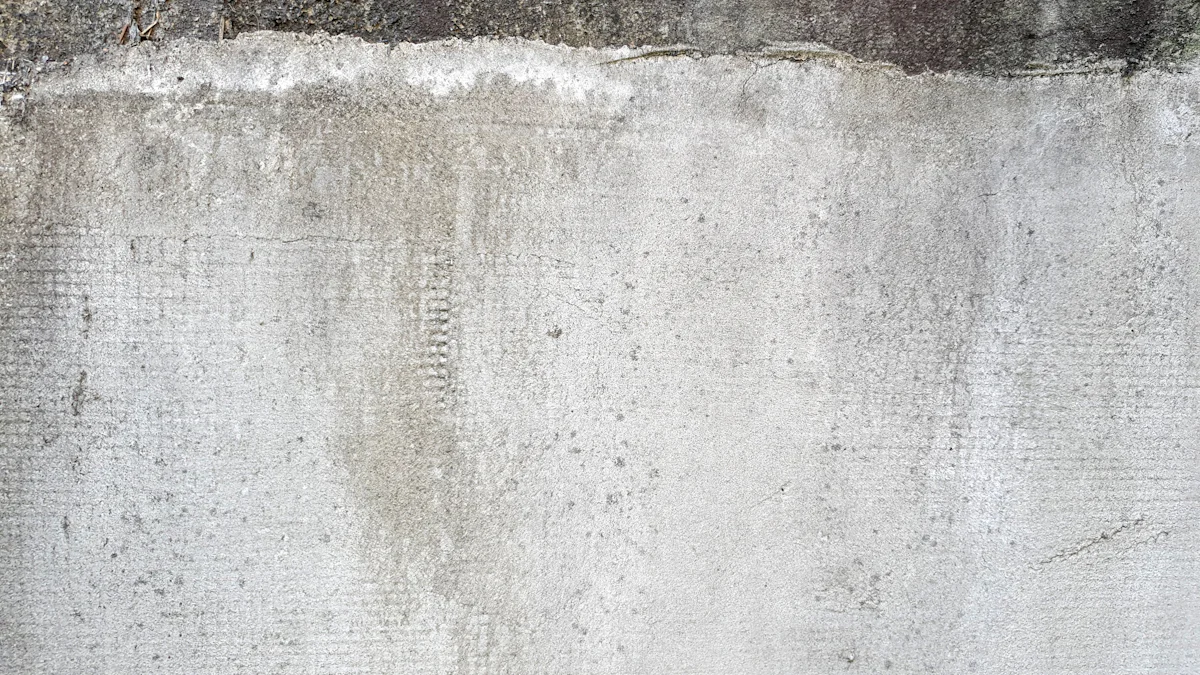
Concrete durability plays a crucial role in construction, and Polycarboxylate Superplasticizer significantly enhances this aspect. It improves workability, allowing for easier handling and placement. This superplasticizer reduces the water-cement ratio, which leads to lower permeability and increased density. As a result, concrete becomes stronger, exhibiting higher compressive and tensile strength. These improvements ensure that structures remain robust and long-lasting, meeting the demands of modern construction projects.
Key Takeaways
- Polycarboxylate Superplasticizer enhances concrete workability, making it easier to handle and place, which can reduce labor time and costs.
- By lowering the water-cement ratio, this superplasticizer decreases permeability, leading to stronger and more durable concrete that resists environmental factors.
- Increased compressive and tensile strength from using Polycarboxylate Superplasticizer ensures that structures can bear greater loads and reduces the risk of cracking.
- The superplasticizer improves flowability and reduces viscosity, allowing for efficient placement in complex molds and longer workability during large-scale projects.
- Polycarboxylate Superplasticizer is compatible with other admixtures and supplementary cementitious materials, enhancing overall concrete performance.
- While it offers significant benefits, builders should consider the cost implications and the sensitivity of mixing conditions to maximize effectiveness.
- Incorporating Polycarboxylate Superplasticizer in construction projects can lead to more robust structures that meet modern durability standards.
Benefits of Polycarboxylate Superplasticizers
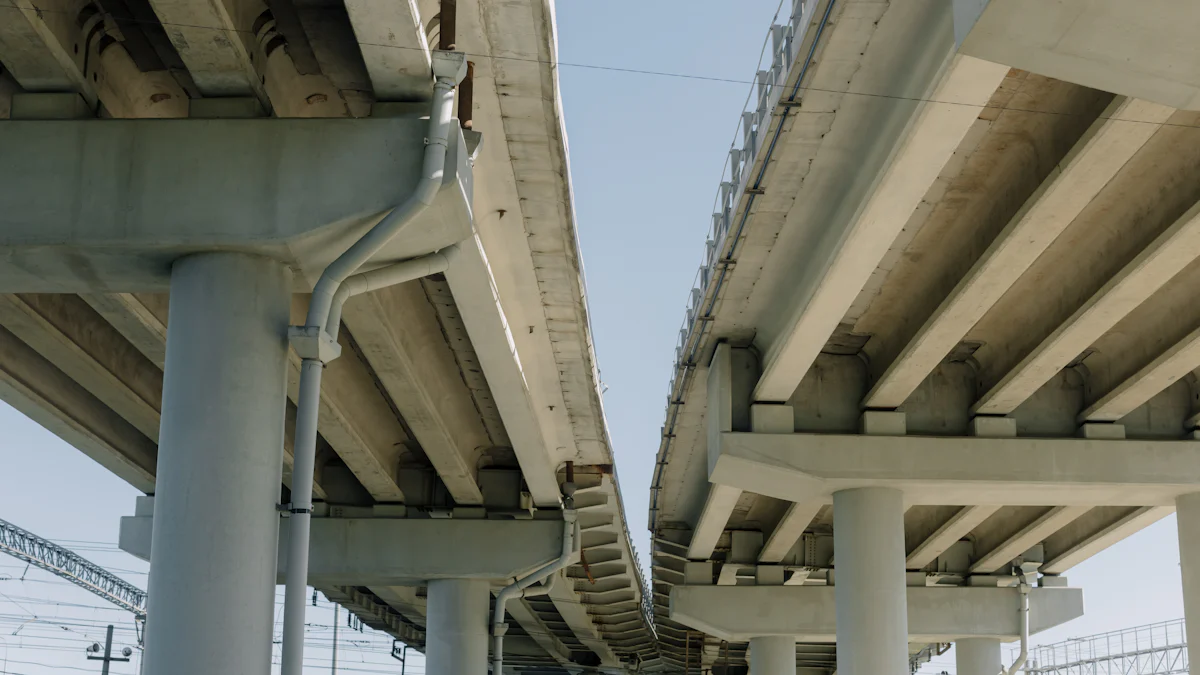
Improved Workability
Polycarboxylate Superplasticizer significantly enhances the workability of concrete. This improvement allows for easier placement and compaction. Workers can handle and mold the concrete with less effort, reducing labor time and costs. The enhanced workability also leads to an improved surface finish. A smoother and more uniform surface results, which is crucial for aesthetic and structural purposes.
Reduced Water-Cement Ratio
The use of Polycarboxylate Superplasticizer reduces the water-cement ratio in concrete mixtures. A lower water-cement ratio decreases the permeability of concrete. This reduction prevents water and other harmful substances from penetrating the concrete, thus enhancing its durability. Additionally, a reduced water-cement ratio increases the density of the concrete. Denser concrete provides better resistance to environmental factors, ensuring the longevity of structures.
Increased Strength
Polycarboxylate Superplasticizer contributes to increased strength in concrete. It enhances the compressive strength, allowing structures to withstand greater loads without damage. This improvement is vital for buildings and infrastructure that require high load-bearing capacity. Furthermore, the superplasticizer boosts the tensile strength of concrete. Enhanced tensile strength helps prevent cracking and structural failures, ensuring safety and reliability in construction projects.
Mechanism of Action
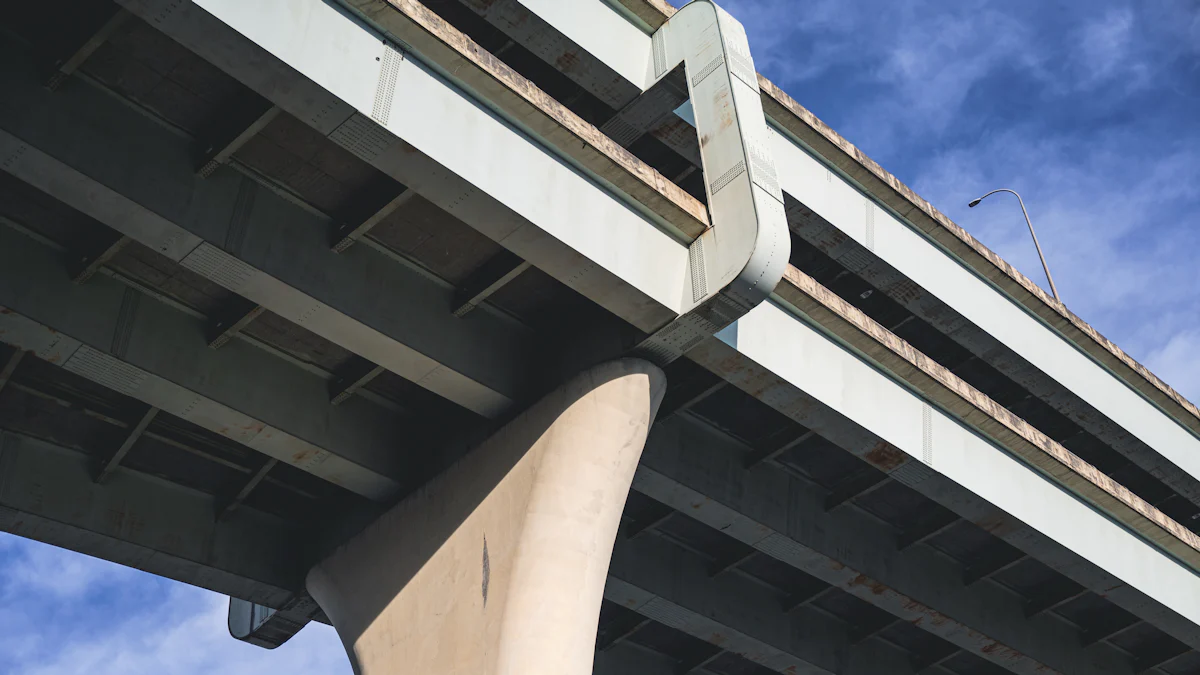
Polycarboxylate Superplasticizer operates through a unique mechanism that enhances concrete properties. Understanding this mechanism helps in appreciating its effectiveness in construction.
Chemical Interaction
Dispersion of Cement Particles
Polycarboxylate Superplasticizer disperses cement particles efficiently. It achieves this by breaking down clusters of cement particles, allowing them to spread evenly throughout the mixture. This dispersion ensures that each particle is coated with water, promoting a uniform hydration process. As a result, the concrete mixture becomes more homogenous, leading to improved strength and durability.
Prevention of Particle Agglomeration
The superplasticizer also prevents particle agglomeration. By keeping cement particles separated, it reduces the likelihood of clumping. This prevention is crucial because agglomerated particles can create weak spots in the concrete. By maintaining a consistent distribution, the superplasticizer enhances the structural integrity of the concrete, ensuring a robust and reliable end product.
Physical Effects
Improved Flowability
Polycarboxylate Superplasticizer significantly improves the flowability of concrete. It reduces the internal friction between particles, allowing the mixture to flow more easily. This improved flowability facilitates the placement of concrete in complex molds and forms, ensuring that it reaches every corner without leaving voids. Enhanced flowability also reduces the effort required during the pouring process, making construction more efficient.
Reduced Viscosity
The superplasticizer reduces the viscosity of the concrete mixture. Lower viscosity means that the concrete can be pumped and placed with less energy. This reduction is particularly beneficial in large-scale projects where concrete needs to be transported over long distances. By minimizing viscosity, the superplasticizer ensures that the concrete remains workable for longer periods, reducing the risk of setting before placement.
Compatibility and Applications
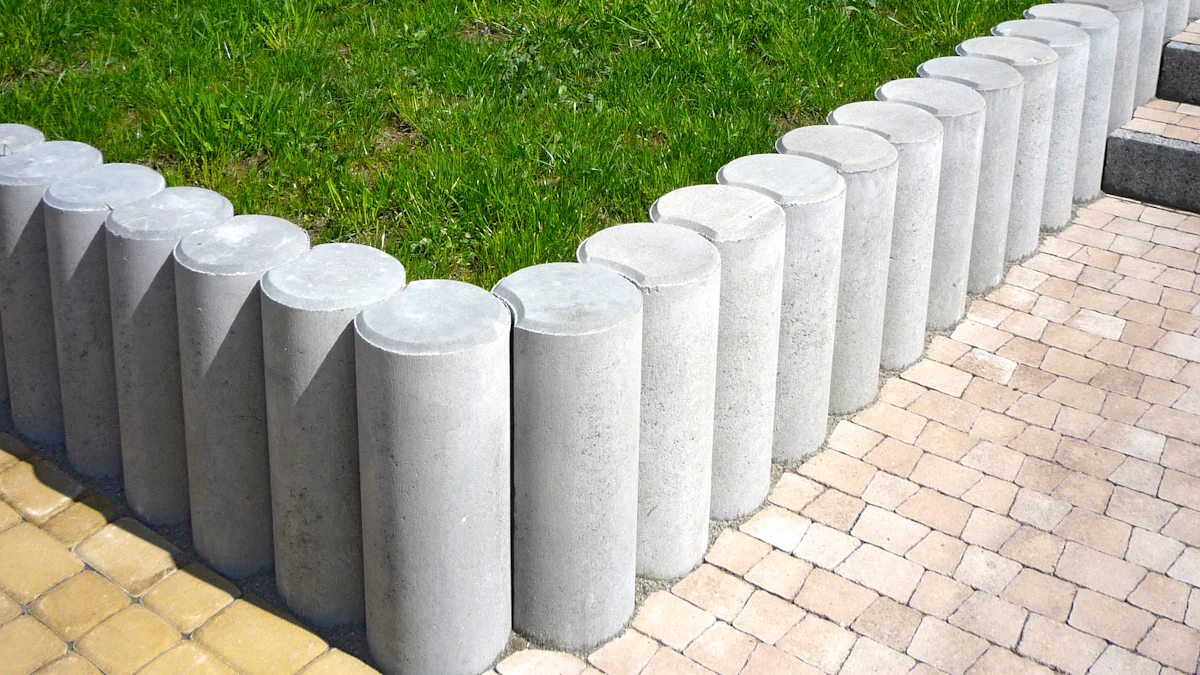
Compatibility with Other Materials
Use with Supplementary Cementitious Materials
Polycarboxylate Superplasticizer works well with supplementary cementitious materials (SCMs) like fly ash, slag, and silica fume. These materials enhance concrete properties by improving strength and durability. When combined with the superplasticizer, SCMs contribute to a more cohesive and workable mix. This combination reduces the need for additional water, maintaining the desired consistency and performance of the concrete.
Interaction with Other Admixtures
Polycarboxylate Superplasticizer interacts effectively with other admixtures used in concrete production. Builders often use it alongside air-entraining agents, accelerators, and retarders. Each admixture serves a specific purpose, such as improving freeze-thaw resistance or adjusting setting times. The superplasticizer complements these admixtures by enhancing the overall performance of the concrete mix. This compatibility ensures that the concrete meets the specific requirements of various construction projects.
Practical Applications in Construction
High-Performance Concrete
High-performance concrete (HPC) benefits significantly from the use of Polycarboxylate Superplasticizer. HPC requires superior strength, durability, and workability. The superplasticizer helps achieve these qualities by reducing the water-cement ratio and improving flowability. This makes HPC suitable for demanding applications like bridges, high-rise buildings, and infrastructure projects where long-term performance is crucial.
Precast Concrete Elements
Precast concrete elements rely on consistent quality and strength. Polycarboxylate Superplasticizer plays a vital role in producing these elements. It ensures uniformity in the concrete mix, leading to high-quality precast components. The superplasticizer also accelerates strength development, allowing for faster production cycles. This efficiency is essential in meeting tight construction schedules and maintaining the structural integrity of precast elements.
Considerations and Limitations
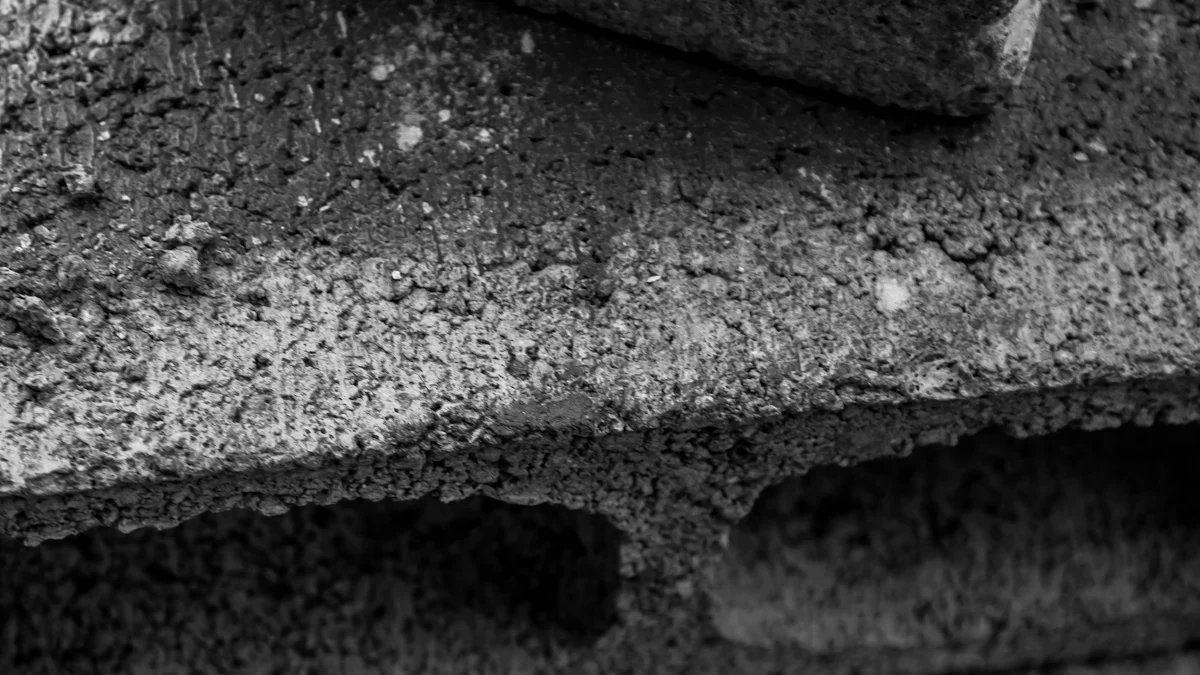
Potential Limitations
Cost Implications
Polycarboxylate Superplasticizers offer numerous benefits, but they come with cost considerations. These advanced admixtures often have a higher price point compared to traditional plasticizers. Builders and contractors must weigh the initial investment against the long-term advantages, such as enhanced durability and reduced maintenance costs. Evaluating the project’s budget and specific requirements helps in making an informed decision.
Sensitivity to Mixing Conditions
Mixing conditions significantly impact the performance of Polycarboxylate Superplasticizers. Variations in temperature, humidity, and mixing time can affect the consistency and effectiveness of the concrete mix. Contractors need to monitor these factors closely to ensure optimal results. Proper training and adherence to manufacturer guidelines minimize potential issues related to mixing sensitivity.
Polycarboxylate Superplasticizer offers numerous benefits for concrete durability. It enhances workability, reduces the water-cement ratio, and increases strength. These improvements lead to more robust and long-lasting structures. Builders and contractors should consider incorporating this superplasticizer in their projects. Its ability to improve concrete properties makes it a valuable addition to modern construction practices. By using this advanced material, professionals can ensure that their structures meet the demands of today’s construction standards.
FAQ
What is a Polycarboxylate Superplasticizer?
Polycarboxylate Superplasticizer is a chemical admixture used in concrete to enhance its properties. It improves workability, reduces the water-cement ratio, and increases the strength of concrete. This superplasticizer plays a crucial role in modern construction by ensuring durable and robust structures.
How does Polycarboxylate Superplasticizer improve concrete workability?
Polycarboxylate Superplasticizer enhances workability by reducing the internal friction between cement particles. This reduction allows the concrete mixture to flow more easily, making it easier to place and compact. Improved workability results in a smoother surface finish and reduces labor time.
Why is reducing the water-cement ratio important?
Reducing the water-cement ratio decreases the permeability of concrete. Lower permeability prevents water and harmful substances from penetrating the concrete, enhancing its durability. A reduced water-cement ratio also increases the density of the concrete, providing better resistance to environmental factors.
Can Polycarboxylate Superplasticizer be used with other admixtures?
Yes, Polycarboxylate Superplasticizer can be used with other admixtures like air-entraining agents, accelerators, and retarders. It interacts effectively with these admixtures, enhancing the overall performance of the concrete mix. This compatibility ensures that the concrete meets specific project requirements.
What are the practical applications of Polycarboxylate Superplasticizer in construction?
Polycarboxylate Superplasticizer is used in high-performance concrete and precast concrete elements. It helps achieve superior strength, durability, and workability, making it suitable for demanding applications like bridges, high-rise buildings, and infrastructure projects.
Are there any limitations to using Polycarboxylate Superplasticizer?
While Polycarboxylate Superplasticizer offers numerous benefits, it requires careful consideration of cost and mixing conditions. Builders must weigh the initial investment against long-term advantages. Monitoring temperature, humidity, and mixing time ensures optimal results.
How does Polycarboxylate Superplasticizer affect the strength of concrete?
Polycarboxylate Superplasticizer increases both compressive and tensile strength. It allows structures to withstand greater loads without damage and helps prevent cracking. This enhancement ensures safety and reliability in construction projects.
Is Polycarboxylate Superplasticizer compatible with supplementary cementitious materials?
Yes, Polycarboxylate Superplasticizer works well with supplementary cementitious materials like fly ash, slag, and silica fume. These materials improve concrete properties by enhancing strength and durability. The combination with superplasticizer reduces the need for additional water.
How does Polycarboxylate Superplasticizer contribute to sustainable building practices?
By reducing the water-cement ratio, Polycarboxylate Superplasticizer lowers overall water consumption in concrete production. This reduction contributes to sustainable building practices by conserving water resources and enhancing the structural integrity of concrete.
What should builders consider when using Polycarboxylate Superplasticizer?
Builders should consider the optimal dosage guidelines and best practices for mixing and application. Proper training and adherence to manufacturer guidelines ensure the effective use of Polycarboxylate Superplasticizer, maximizing its benefits in construction projects.
Post time: Dec-23-2024

